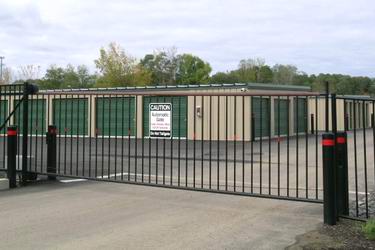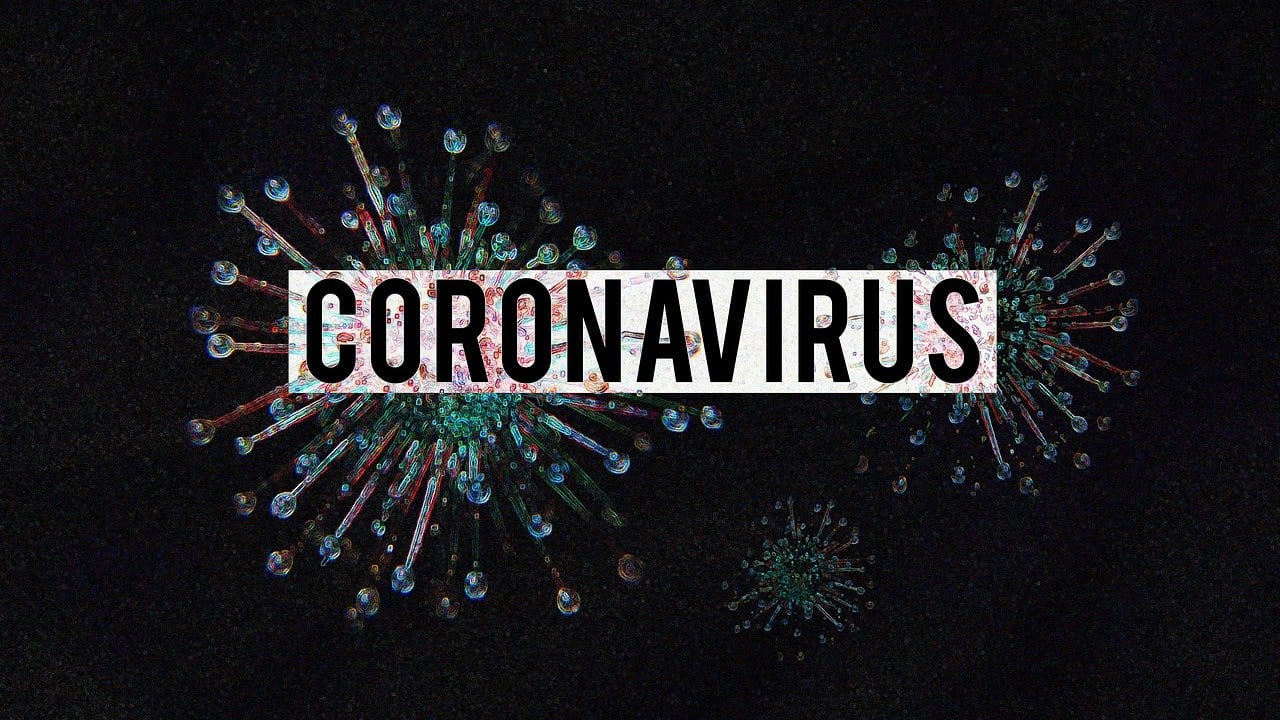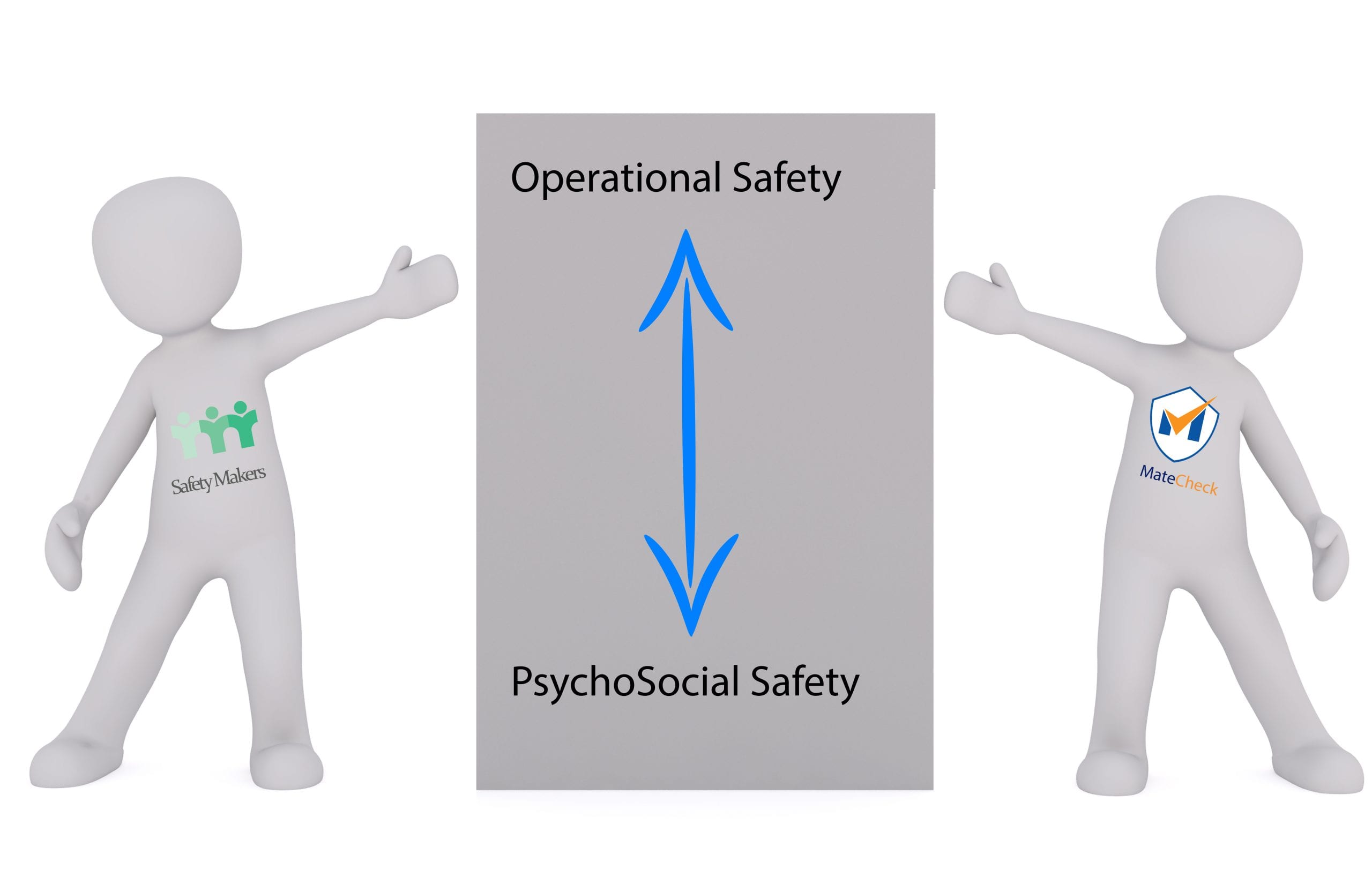Slips, Trips & Falls
The most common injury resulting from a slip, trip & fall on the same level is sprains and strains of joints and adjacent muscles (59%), followed by contusion with intact skin surface and crushing injury (14%) and fractures (10%). The health & community services industry has the highest number of falls recorded in Worker’s Compensation figures, followed by the education sector.
Workplaces need to be examined so that all slips, trips and falls hazards are identified. Checklists may be helpful in identifying the sources of typical hazards. A safety checklist for a specific workplace can be developed. Start by making a list of the locations of concern. For each location, record anything that could be high risk. Workers should have an input when preparing the checklist, as they will know about any potential risks from their experience of doing the task.
Pay particular attention to the following:
- Floors and grounds, lighting
- Housekeeping and cleanliness, cleaning and maintenance methods
- Stairs, ramps, sloping surfaces, walkways
- Tasks being undertaken
- Footware
High risk areas are:
- Where floors can become wet or oily
- Where external grounds are slippery, uneven or sloping surfaces, ramps and stairs
- Work areas where manual handling tasks such as pushing, pulling, lifting and carrying tasks are performed
- Any area where the pace of work causes people to walk quickly or run, high pedestrian traffic areas
- Areas where there are constant changes to workplace conditions, unfamiliar locations such as patient or client homes
- Accident locations that have not been secured and cleaned up.
Having identified hazards, the risks arising from them should be assessed. Risk Assessment involves determining the likelihood of an incident occurring, and the level of harm that could result.
There is not likely to be a single cause for a slip, trip or fall, and each cause needs to be assessed. It is important to set a priority for the elimination of hazards. For example, the provision of good slip resistant footwear alone is not sufficient protection against slipping on smooth floors with oil or grease on the floor. The first priority should be to avoid the spills. If this proves to be impractical, suitable slip resistant flooring should be installed. Good footwear is also part of the solution. The most serious risks need to be dealt with first.
Use the Risk Assessment, in consultation with workers, to determine the best means of eliminating or controlling the risk.
A control measure is something you do to reduce risk. It can be a process, procedure, or action that will eliminate or reduce the risk posed by specific hazards.
Control measures for risks identified should be developed and implemented in consultation with workers. During consultation with workers, attention should be given to hazard identification and risk controls in unfamiliar locations, for example when workers work off site, or at client’s homes. The ideal way to eliminate the problem of slips, trips and falls is to design and implement the work environment with safety and comfort in mind.
Consider the following:
- Safe storage areas and suitable locations for electrical leads and power boards, lighting, small equipment and consumable materials
- Ensure your procedures for cleaning up spills identifies who is responsible for isolating and cleaning it up without delay
- Ensure that all workers are appropriately trained and instructed in falls prevention procedures and strategies
- Making sure there is easy access to equipment and materials for cleaning up spills. Use absorbent materials for cleaning up spills. The material used should not leave a residue
- Substances should be transported and carried in appropriate containers to avoid spills. Use lids or covers where necessary
- If poor packaging causes spills, use alternative containers
- Wear the most appropriate footwear for the job and work environment.
STOP → THINK → PLAN = WORK SAFE
SAFETY MAKERS
INTELLIGENT WORKPLACE SAFETY SOLUTIONS
Phone: 0448 27 32 32








